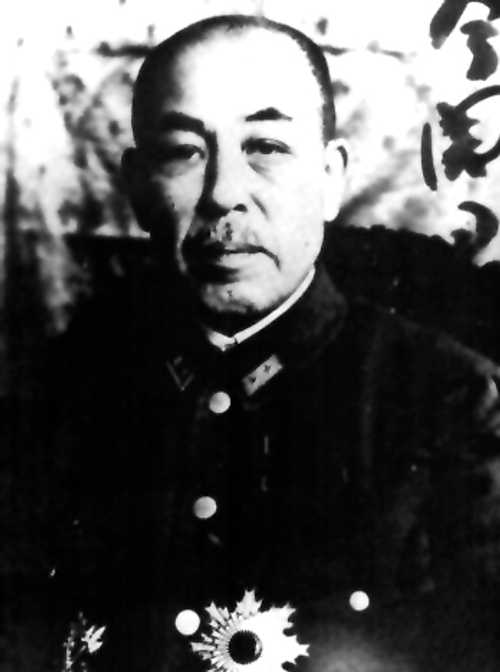
Japanese Forces
General Rensuke Isogai
http://no.wikipedia.org/wiki/Fil:Isogai_Rensuke.jpg
Rensuke Isogai was born on 3rd September 1886 in the Hyōgo Prefecture. In 1904 he graduated from the Imperial Japanese Army academy. Already then he was noted for his fable for everything which was chinese. 1937, at the beginning of the war in China, he volunteered to become a military attaché in China. He didn't have this post for long, as he was soon assigned to command the 10th Division of the Japanese Army. He participated in the Tianjin–Pukou Railway Operation, the Battle of Taiyuan and the Battle of Taierzhuang. In 1938, Isogai was transferred to Manchukuo as Chief of Staff of the Kwangtung Army shortly before the disastrous Nomonhan Incident (the Battle of Khalkin-Gol). He was then called back to Japan and foreced into retirement by 1939. When the Pacific War started, Isogai was put back into duty. On 20th February 1942 he was appointed Governor-General of the occupied Hong Kong. During his tenure, Hong Kong was subjected to martial law. Isogai arrived after the worst excesses comitted by Japanese troops during the capture of Hong Kong and his troops were for the most part more disciplined than most of the Japanese troops in China. Nevertheless, the people of Hong Kong suffered from food shortages and a disruption of the economy. Furthermore, American air raids killed thousands of inhabitants, leaving more homeles. Isogai retired on 24th December 1944 and returned to Japan. At the end of the war, he was arrested and extradited to China. There he faced a military tribunal for war crimes comitted during the occupation of Hong Kong. He was sentenced to life imprisonment, but he was released already in 1952. He was allowed to return to Japan, where he died on 6th June 1967. Interesting to note: Isogai introduced a now very important part of Hong Kong culture. The Sunday Horse Racing, in which thousands of people participate.
3791 Views
4/10/2011
